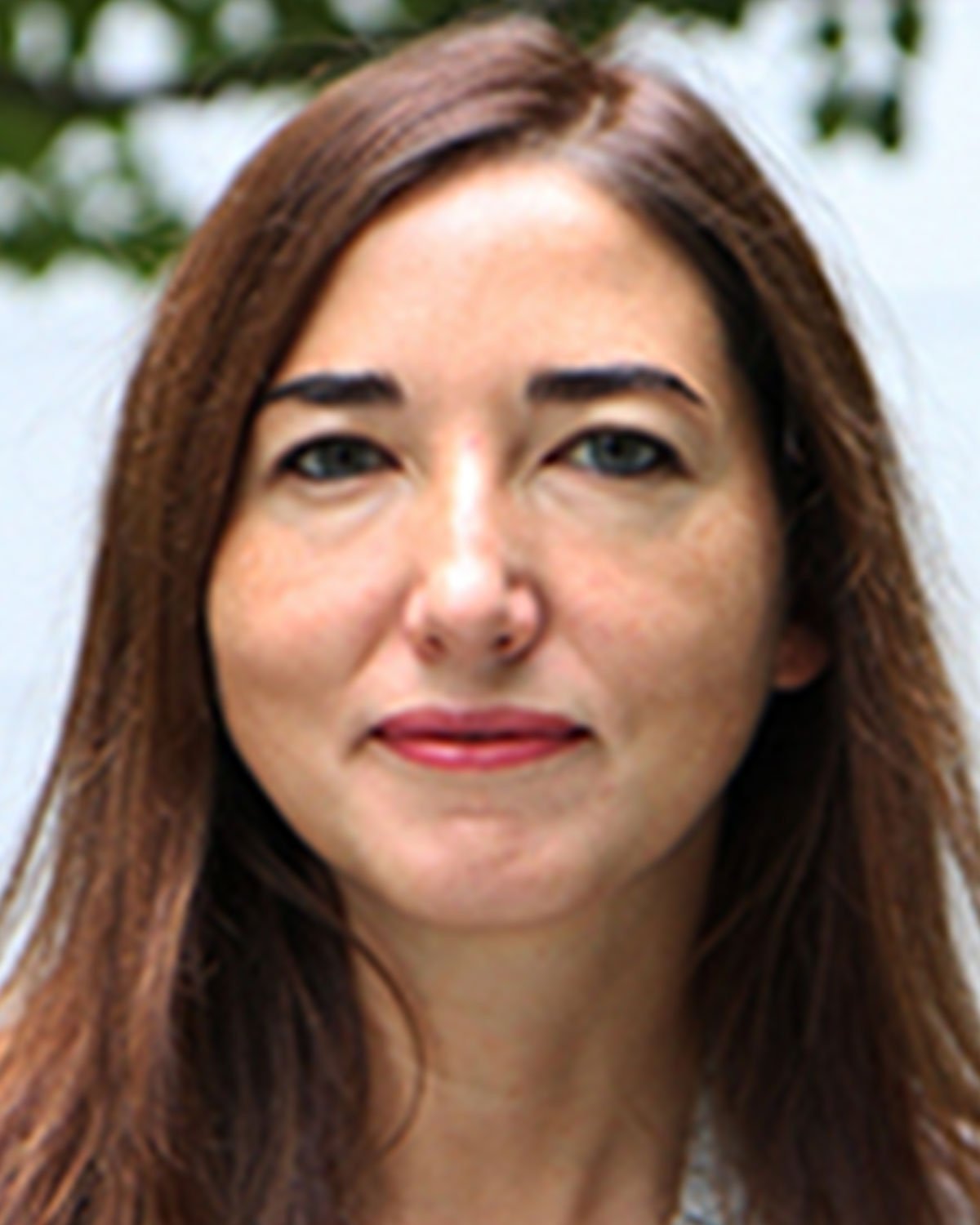MARIA CRISTINA NOSTRO
BIOGRAPHY
Dr Cristina Nostro is an Associate Professor at the University of Toronto and a Senior Scientist at the McEwen Stem Cell Institute, where she holds the Harry Rosen Chair in Diabetes Regenerative Medicine Research. Dr Nostro received a PhD in Biomolecular Sciences from The University of Manchester and trained as postdoctoral fellow in Dr Gordon Keller’s laboratory prior to starting her independent career.
Her group has defined critical pathways leading to the efficient generation and purification of stem cell-derived pancreatic progenitors. Since 2015, Dr Nostro has been leading a multi-investigator team aimed at developing novel transplantation approaches for Diabetes therapy.
TOPIC: ‘LEVERAGING PROTEOMICS AND VASCULARIZATION STRATEGIES TO IMPROVE BETA CELL REPLACEMENT THERAPIES’
Type 1 Diabetes (T1D) is an autoimmune disease characterized by destruction of the pancreatic beta cells and loss of insulin. Islet transplantation can restore the lost beta cell mass and is reccomended to treat people suffering from severe hypoglycemia. However, donor scarcity, risks associated with immunosuppressants and poor engraftment prevent its widespread clinical application.
To overcome these challenges, the developmental potential of human embryonic stem cells and human induced pluripotent stem cells is being harnessed to produce surrogate islets in vitro. We and others have been able to mimic human embryonic development and generate pancreatic progenitors (PP) that have the ability to mature into insulin-producing beta-like cells both in vitro and in vivo. Transplantation of pancreatic progenitors in the kidney capsule of immunodeficient mice leads to formation of islet-like structures that secrete human insulin. However, there are some limitations to the use of pancreatic progenitors for the treatemnt of T1D.
First and foremost, their safety as the PP population can be heterogenous and highly proliferative, which might lead to formation of cellular outgrowth or teratoma after transplantation. Second, while insulin-producing cells develop in vivo 6 weeks after transplantation, restoration of normoglycemia occurs ~5 months later, suggesting that these “early” insulin-producing cells are immature, or poorly connected to the host vasculature. We have been addressing these two limitations and developed approaches to:
improve safety by identifying markers to purify the PP populations
accelerate functionality by improving vascularization at the time of transplantation

